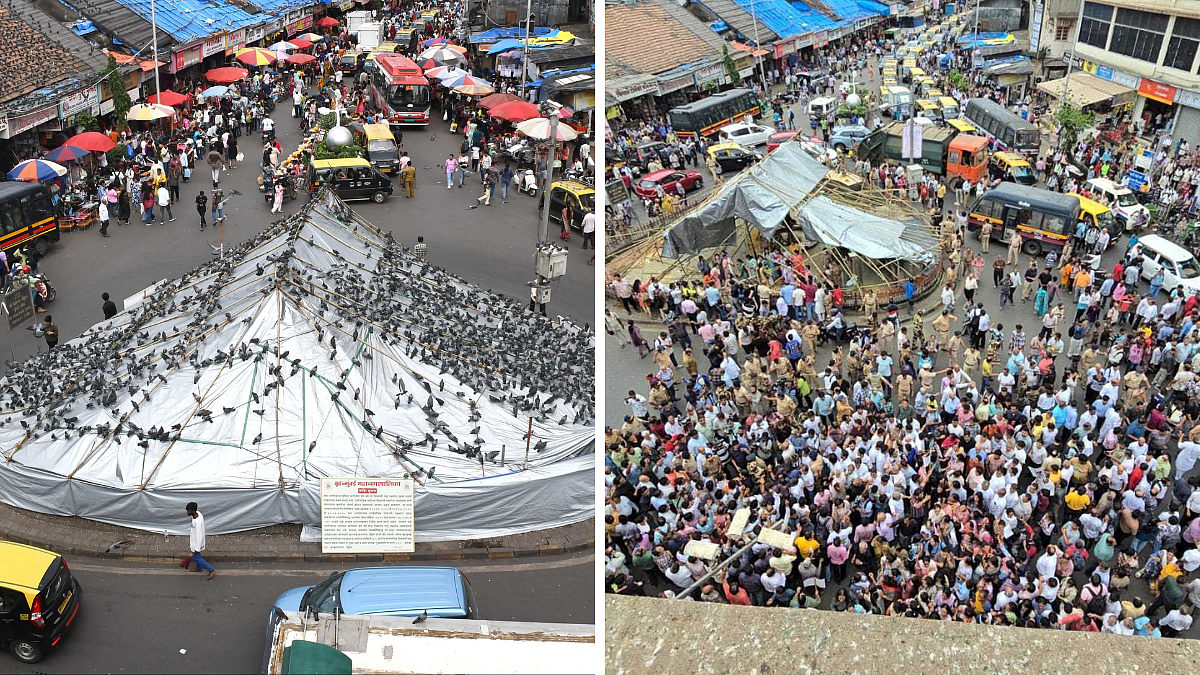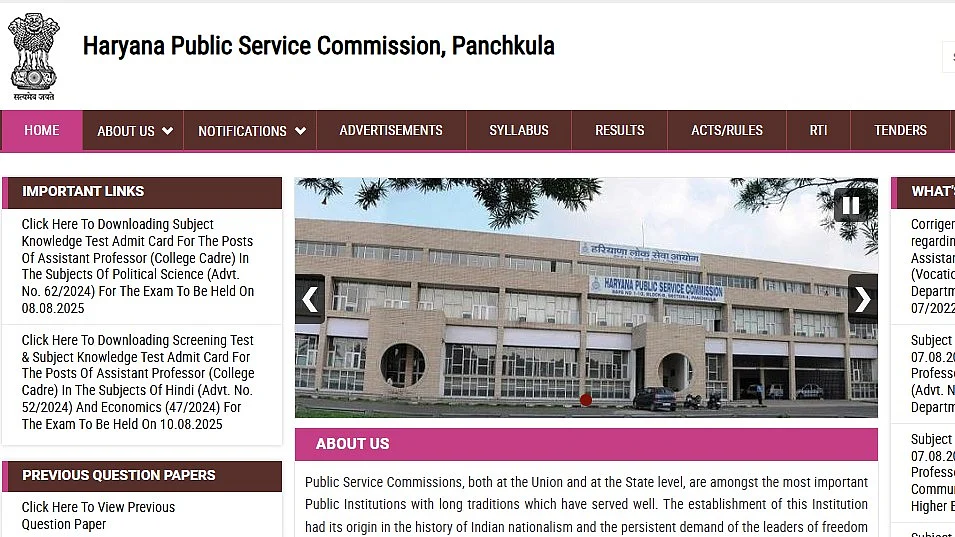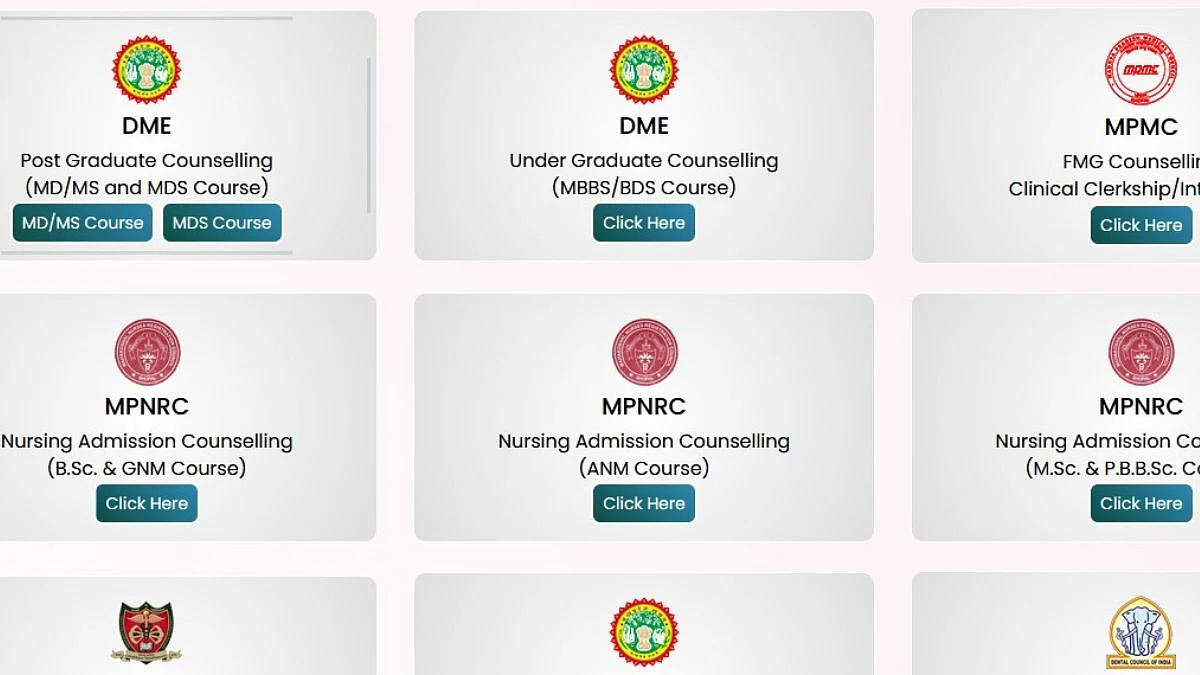The Staff Selection Commission (SSC) conducts various government exams across the country, the most popular are Combined Graduate Level (CGL), Combined Higher Secondary Level (CHSL) and Multi-Tasking Staff (MTS). SSC conducts recruitment for these exams to fill vacancies in various departments under the Central Government. Just like the Union Public Service Commission (UPSC) exams, SSC is also very competitive in nature as candidates who apply for these exams are in the millions.
Massive Applicants for SSC CGL exams
Last year, a total total number of candidates who applied for SSC CGL was 33,55,194. However 16,16,687 candidates appeared for the exam. Still the figure is huge as the vacancies were for around 37,000 posts which was revised from the earlier vacancies of around 20,000.
These 37000 vacancies still seems fair, but this was for the first time in the history that SSC filled such a huge number. Compared to 2021, only 7621 seats were filled. The current year exam is still in progress, although as per the notification SSC aims to fill seats for around 75,00 posts.
Preparation strategy for SSC exams
Preparing for the SSC Exam is a hectic task which requires immense dedication, hardwork and sincerity towards exam. The Free Press Journal talked to a few SSC aspirants who shared their point of view and experiences while going through the preparation phase.
Gaurav Joshi, a SSC aspirant in East Delhi said, "To start the preparation one needs to stay organized, create a study schedule, and focus on understanding concepts rather than rote memorization."
Another candidate, Srajan Gupta from Moradabad who is preparing for the government exams and also appeared in the recently concluded SSC CGL 2023 Tier I recalls that the exam was easy but the cut-off went quite high. He said, "Prepare thoroughly at least once and then focus on scoring a minimum of 75 percent in the exam."
Manish Makkar, a Gurgaon based student preparing for government exams said that SSC CGL is one of the highly competitive exams in the country so, one needs to practice a lot because efficiency plays a crucial role in such exams. After completing the syllabus, aspirants need to solve at least one Sample paper till the exam date.
SSC conducted CGL Tier 1 exam from July 14, 2023, to July 27, 2023. Meanwhile Tier 2 exams are being held across the country from October 25 to October 27.
According to the candidates' feedback, the overall difficulty level of the paper was ‘moderate’ in the SSC CGL 2023 Tier I exam.
SSC CGL exam syllabus
The SSC CGL Tier 1 syllabus consists of General Intelligence & Reasoning, Quantitative Aptitude, General Awareness and English Comprehension.
Meanwhile SSC CGL Tier 2 exam has 3 papers, Paper-I: (Compulsory for all posts) , Paper-II: Junior Statistical Officer (JSO) and Statistical Investigator Gr. II and Paper-III for Assistant Audit Officer/ Assistant Accounts Officer.

What experts have to say?
Akshay Goud - Director of Guidance Group, a SSC, UPSC and MPSC coaching centre in Mumbai talked to the FPJ. He gave a clear idea on the difference between Tier 1 and Tier 2 examinations. He said that the Tier 2 exam is more specialized and requires a deeper understanding of the subjects being tested.
He added, "Tier 1 or Prelims as it is popularly known these days is a very simple mode of examination, In this phase, candidate’s basic knowledge of General Intelligence, General Awareness, Quantitative Aptitude and English Comprehension is tested. However In the Mains exam the same topics are asked but the nature of questions require a more detailed understanding of the above subjects."
On asking about the correct strategy to prepare for the SSC CGL exams, the director said, "One needs to prepare thoroughly and practice very consistently if they want to have a chance of success."
"Planning and Execution, these two words look very easy but their meaning is very deep", added Akshay Goud.
According to him candidates need to target at least 100 questions daily and they should solve them keeping in with the time restrictions for the examination. "This approach over a period of at least 6-8 months will fetch them a desirable result", said Goud.











